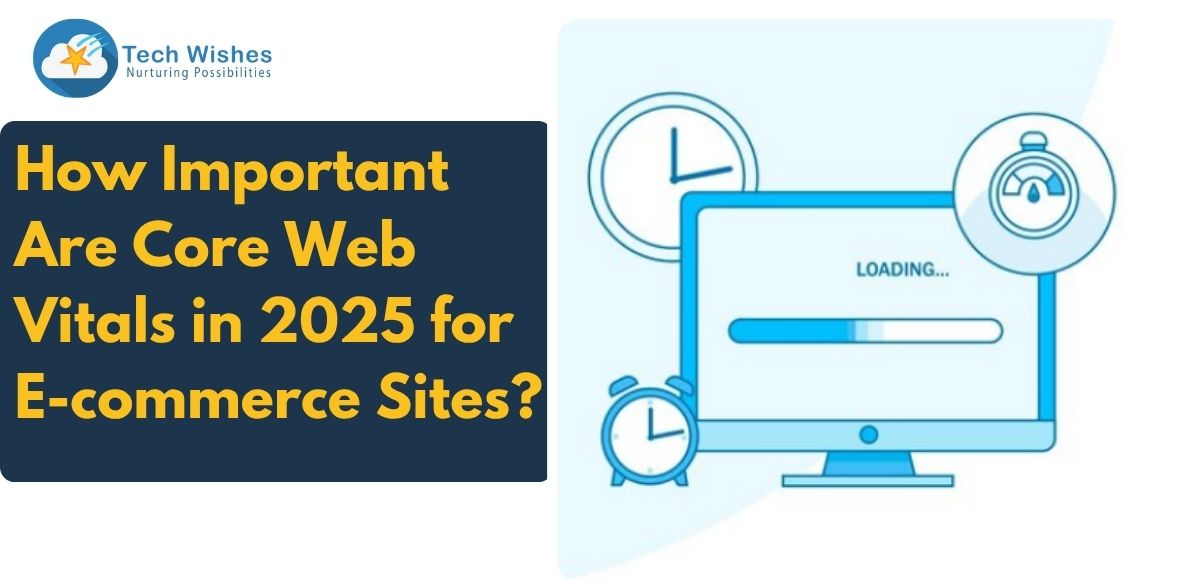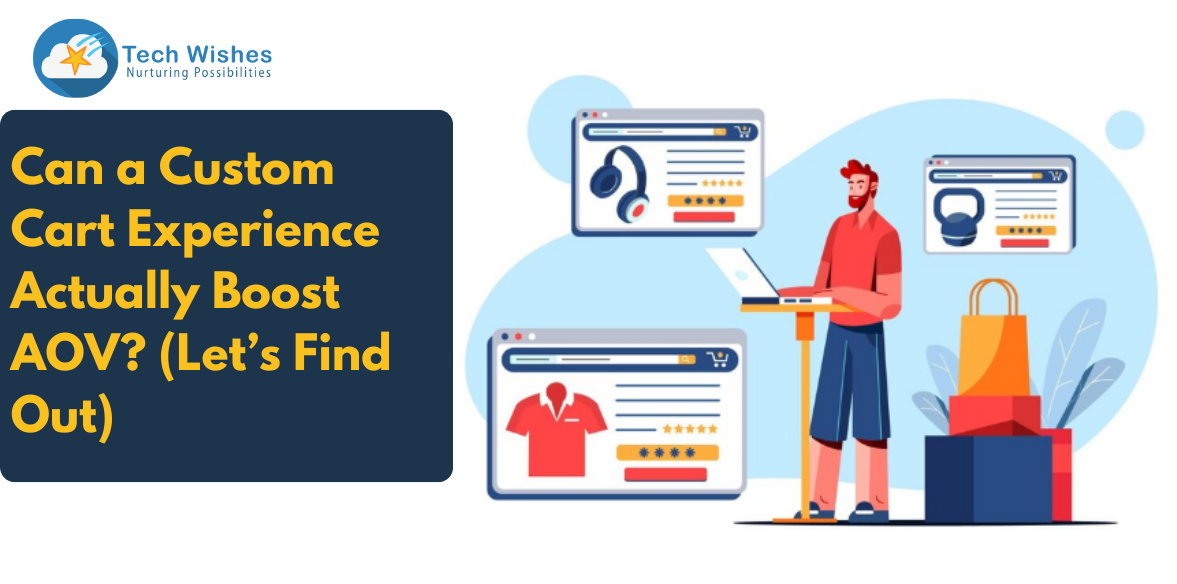In the fast-paced world of online retail, milliseconds can be the difference between a sale and a bounce. With Google’s continuous algorithm updates and user expectations constantly evolving, Core Web Vitals have emerged as one of the most critical performance indicators for e-commerce sites. In 2025, they’re not just a ranking factor—they’re a fundamental part of user experience and revenue growth.
For businesses looking to build eCommerce websites or optimize existing ones, understanding and prioritizing Core Web Vitals can significantly influence visibility, engagement, and conversions.
Here’s everything you need to know about their importance and impact.
What Are Core Web Vitals and Why Do They Matter in 2025?
Core Web Vitals are a set of specific factors that Google considers crucial in a webpage’s overall user experience. These include:
- Largest Contentful Paint (LCP): Measures loading performance. An ideal LCP is under 2.5 seconds.
- First Input Delay (FID): Measures interactivity. An ideal FID is less than 100 milliseconds.
- Cumulative Layout Shift (CLS): Measures visual stability. An ideal CLS is less than 0.1.
As of 2025, Google has further integrated Core Web Vitals into its search ranking systems. With mobile-first indexing and speed-focused updates, a site’s CWV scores now directly influence search visibility, user trust, and even ad performance.
According to Google’s Web Vitals Report, sites that meet Core Web Vitals benchmarks experience 24% less abandonment and 22% higher conversions than those that don’t.
Also Read: How to Improve LCP, FID, and INP on E-Commerce Stores?
How Do Core Web Vitals Affect Your E-commerce Revenue?
A slow-loading or jittery site does more than frustrate users—it directly impacts your bottom line. For businesses trying to be the best ecommerce website development company, failing to meet Web Vital benchmarks can mean:
- Lower search rankings
- Higher bounce rates
- Lower Average Order Value (AOV)
- Decreased customer lifetime value
Amazon once reported that a 100-millisecond delay in page load time could cost them 1% in sales. Now scale that down to startups or mid-sized e-commerce sites, and the consequences are equally significant.
Are Your Developers Optimizing for Performance?
Your e-commerce web developer needs to go beyond good design. They must bake performance and usability into the development lifecycle. Whether you’re working with Shopify, WooCommerce, or a custom platform, developers should focus on:
- Compressing images and using modern formats (like WebP)
- Reducing third-party scripts
- Lazy-loading offscreen content
- Minimizing unused CSS and JavaScript
- Using fast hosting and CDNs
Google Chrome’s user experience report notes that nearly 53% of mobile users abandon sites that take longer than 3 seconds to load.
If your developer isn’t actively testing and improving your site’s performance metrics, you may be leaving money on the table.
Also Read: Why Core Web Vitals Matter for SEO & How to Optimize Them
What Role Do Design and UX Play in Core Web Vitals?
Visual design and technical performance must work in harmony. A stunning storefront means nothing if it doesn’t load fast or shifts erratically. Here’s where the best ecommerce website development company excels—they balance design aesthetics with performance best practices.
Key UX practices that support CWV include:
- Avoiding pop-up overlays that interrupt user flow
- Ensuring tap targets (buttons/links) are large enough for mobile
- Structuring content for easy scanning and minimal layout shift
Designers and developers should collaborate closely to eliminate visual clutter and focus on efficiency.
What Tools Help You Monitor Core Web Vitals?
Thankfully, monitoring performance is easier than ever with tools like:
- Google PageSpeed Insights
- Lighthouse
- Chrome DevTools
- WebPageTest.org
- Search Console’s Core Web Vitals report
These tools provide both field and lab data to help your e-commerce web developer identify and fix performance issues.
Always test across multiple devices and network conditions. What loads fast on a desktop might crawl on a 3G mobile connection.
What’s the Competitive Advantage of Optimizing Core Web Vitals?
In a saturated e-commerce market, small performance wins can have huge effects. When two sites offer similar products at similar prices, the one with a faster, smoother user experience usually wins.
Improved Core Web Vitals can result in:
- Better organic rankings
- Higher customer satisfaction
- Stronger mobile performance (critical, as 70 %+ of shopping happens on mobile)
- Reduced cart abandonment
For brands that want to build ecommerce websites that convert, Core Web Vitals offer a measurable, actionable way to improve performance.
How Can You Improve Core Web Vitals with Professional Help?
Partnering with the best ecommerce website development company can give you a performance edge. At Tech Wishes, our team of performance-obsessed ecommerce web developers and designers optimize every pixel and line of code for speed, stability, and conversion.
We help you:
- Identify and fix Core Web Vitals issues
- Rebuild or tweak existing stores for better UX
- Optimize backend logic and frontend delivery
- Offer mobile-first experiences without performance penalties
In short, we help you stay ahead in a performance-driven e-commerce landscape.
Final Thoughts: Are You Ready for 2025?
Core Web Vitals are no longer optional—they’re a business imperative. If you want your e-commerce brand to rank better, convert faster, and grow stronger, then performance should be a top priority.
With Tech Wishes, you’re not just getting a build-to-order ecommerce website solution. You’re getting a tech partner who understands what 2025 demands—and delivers.
Let’s build faster, better, smarter.




